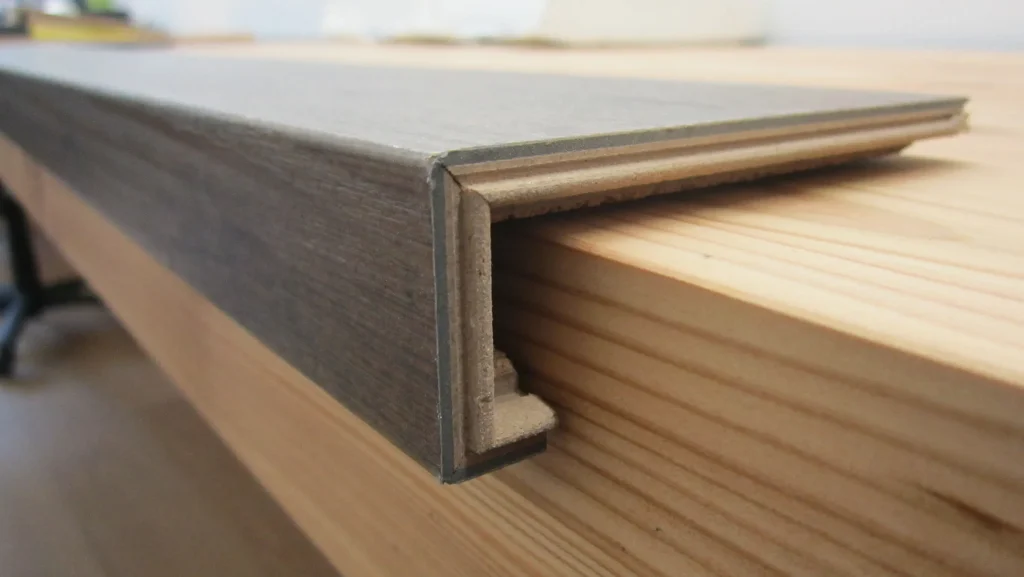
.
Stair Nose For Vinyl Flooring
Stair nosing hides the edges of stairs and helps to make them safer. Depending on the type of flooring you have, it can either snap over or be glued in place.
.
Stair nosing comes in many styles and colors, so you can choose one that matches your flooring or complements it for a design feature. It’s also a great way to cover up old steps, especially if they are not level with the floor below.
.
Aluminum Stair Nosing for Vinyl Flooring
Stair nosings protect the edges of steps from damage, enhance visibility and offer slip-resistance. They’re compatible with both glue-down and loose lay luxury vinyl tile/luxury vinyl plank (LVT/LVP) flooring and are available in a wide range of sizes, shapes, finishes and colors. They’re easy to install and complement any type of hard floor.
.
When installing a new flooring material on stairs, it’s important to follow the manufacturer’s instructions for your specific product. Some manufacturers recommend using an industrial adhesive, while others specify a water-based contact cement for best results.
.
It’s also a good idea to carefully measure your stairs before beginning. Remember the old adage: “measure twice, cut once.” A little extra time spent measuring and re-measuring ensures you’ll have all your parts ready to go when you begin installation.
.
How to Install Vinyl Flooring on Stairs with Nosing
Before installing vinyl plank flooring on stairs, make sure that you’ve got all the pieces you need. That includes the tread, riser, and nosing. Once you’ve got all the materials, do a dry-lay to ensure that everything fits well and is ready for installation.
.
Installing vinyl stair nosing is a fairly straightforward task, provided you follow the proper steps. Start at the bottom and work your way up, gluing the flooring to each step as you go. Use a high-quality adhesive designed for stairs to ensure a secure bond.
.
Before you apply the adhesive, prepare your stairs by removing any molding or trim that might interfere with your installation. If necessary, sand the risers to remove any imperfections. Then, install a stair nose, which will reduce the risk of tripping or slipping on the edge of the stair. Some brands offer a flush version of this trim, which looks more streamlined and is less likely to chip or scratch.
.
Vinyl Floor Stair Nosing
Stair nosing helps prevent stairs from getting worn down from excessive use. It also adds a more polished look to the overall staircase design. It’s available in a variety of styles, and it can match or contrast the color of your staircase treads. You can even find options for carpeted stairs that will help improve safety and prevent wear on the carpet edges.
.
Some LVP products come with the stair nose built in, which will make your installation process much easier. You’ll still need to follow the same steps as you would with a separate nosing, but it will be much quicker and less messy.
.
Before you start installing the flooring, it’s important to dry-fit all of the pieces and make sure they fit together correctly. You should also check that there are no holes in the flooring, and you should allow any adhesive to flash before beginning your installation. This will ensure a strong, long-lasting bond between the stair and the flooring.
.
Curved Stair Nosing Vinyl
Curved stair nosing for vinyl flooring offers a sleek finish to a staircase and helps to catch any excess wear. It’s designed to work with 3mm luxury vinyl tile (LVT) and comes in a variety of finishes to match your new floor. It also protects the front edge of each step, making it safer for people to use.
.
It’s important to remember that you cannot use regular stair noses on curved stairs. They are designed to function on straight stairs and cannot be bent without damaging them. Instead, you need to look for specialist curved stair nosings.
.
Premier Bendy Bull stair nosings are made of metal and can be bent to curve around the front of a curved step. They are a little harder to install than standard stair nosings as they require you to heat and then fold them over the edge of your step. However, if you take the time to measure up accurately and follow the fitting instructions, they are easy to fit and look stunning once installed.
